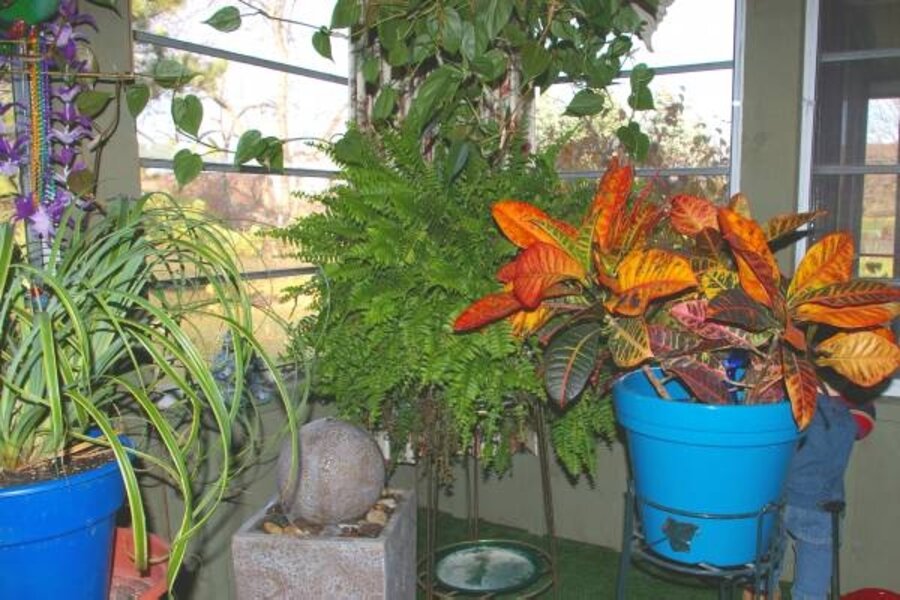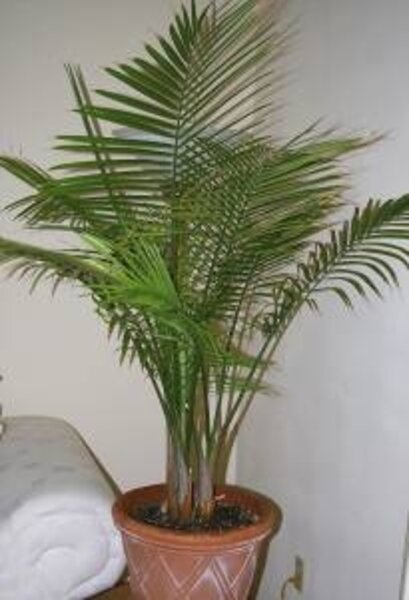House plants for black thumbs and cave dwellers
Loading...
I’ve killed more than my share of houseplants.
One of the great paradoxes of life is that accomplished gardeners who grow prize-winning roses and gigantic tomatoes frequently turn into grim reapers when it comes to ficus and philodendron indoors.
Gardeners are used to supplying plenty of water and nutrients to their outdoor plants and never have to worry about enough light. Indoors, daily watering and large doses of fertilizer spell disaster. And lack of strong light dooms the healthiest of orchids or staghorn ferns.
Learning the delicate balance of providing just enough water and nutrients and finding the right light in your home for different plants comes with practice. Yes, you’ll kill a few, but you’ll learn. I did.
Start with a healthy plant. You’d be surprised how much misery you can bring home at a premium price. Some houseplants are destined to die because they have incurable problems. Some, even, infect other plants.
Pass up plants with foliage that is yellowed, limp, or has soft, discolored spots. All are indications of disease or root damage.
Also, leave behind plants with tiny dots on their leaf undersides, which indicate insect infestations.
Avoid plants that look like they have been pruned. Store personnel may have cut off diseased or damaged parts.
If possible, slip the plant out of its pot to inspect the roots. If they’re dark brown, black, or mushy, the plant has been overwatered and probably will die. Look for whitish, plump, firm roots.
Seek plants with new shoots, buds, and leaves. This is a sign of active growth and health. Vivid hues are signs of health on colored foliage plants. Pick the smaller plant over the lanky, overgrown one, too.
Start with one of these fail-proof plants:
Asparagus densiflorus ‘Sprengeri’ (asparagus fern): Place near a sunny window, water when soil is dry to touch, and feed once a month.
Chamaedorea elegans (parlor palm): Tolerant of neglect and low light. Likes to be near an east or west window and thrives in low to moderate humidity. Fertilize monthly in winter and water sparingly. Fast growing; will reach six feet indoors.
Ficus elastica (rubber tree): Will survive any conditions. Likes medium light and dry soil. Water only when soil is dry two inches under the surface. Feed monthly.
Sedum species (succulents): Numerous forms available, including hens and chickens, string of pearls and donkey tail. All tolerate any light exposure or humidity level and dry soil. Water every two weeks and don’t fertilize during the winter months.
Spathiphyllum wallisii (peace lily): Accepts any type of light exposure or humidity. Water when soil is dry, and fertilize monthly.
Five houseplants for low-light areas
Try these plants in dusky foyers, near north windows, and where trees or tall buildings cast shadows across windows.
Aspidistra (cast iron plant): Needs little humidity and fertilizer; likes dry soil.
Chlorophytum (airplane or spider plant): Needs only regular watering to survive.
Philodendron scandens (heart-leaf philodendron): Fertilize every month and let soil dry out between waterings.
Sansevieria (snake plant or mother-in-law’s tongue): Needs little water or humidity.
Schefflera (octopus tree): Likes cool, dim spots. Water when soil is thoroughly dry. Feed once a month.
If it’s edible and unusual, Doreen Howard figures out a way to grow it in her USDA Zone 4b garden. She’ll try anything once, even smelly Durian. A former garden editor at Woman’s Day, she writes regularly for The American Gardener and The Old Farmer’s Almanac’s Garden Guide.
Editor’s note: Look for more blog posts by The Edible Explorer, Doreen Howard, at our blog archive. For more Monitor gardening, see our main gardening page and our RSS feed.
You may also want to visit Gardening With the Monitor on Flickr. Take part in the discussions and get answers to your gardening questions. If you join the group (it’s free), you can upload your garden photos and enter our next contest.






